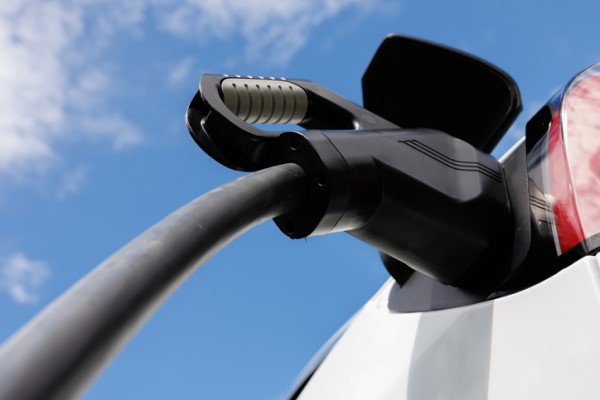EV demand drives upward as government policy enters the market
Optimism is high for the EV industry as consumer demand in Australia continues its rapid climb. San Williams breaks down the latest State of Electric Vehicles report by the EVC.
The past 12 months have delivered positive signs across the board for Australia’s electric vehicle (EV) industry as it’s a trend that continues to grow. Demand in the local market for its light vehicles has come as a promising outlook for the industry, while effective amounts of work have been made around smart charging, with the viability of bringing about EV charging in domestic homes extensively tested.
ADVERTISEMENT
While many highlights in 2023 have shown us moving in the right direction, lingering factors hindering the transition to EVs, such as those limiting the availability of EVs in Australia, still indicate that more still needs to be done.
EV sales have totalled 46,624 EVs sold YTD June 2023 according to the Electric Vehicles Council’s (EVC) State of Electric Vehicles (July 2023) report, almost tripling the total sold in the same period in 2022. With a 120.5% increase in EV sales compared to all of 2022, EVs now make up 8.4% of all new cars sold in Australia.
In addition, the market has seen a shift in consumer preference for battery-electric vehicles (BEVs) with BEVs representing over 90% of Australia’s EV market.
EV sales in 2023 have increased exponentially but still lack a wide range of affordable EVs of all shapes and sizes according to the EVC. This is necessary not only for supporting our nation’s emission reduction targets but enabling Australian households and businesses to cut their fuel bills.
“Around 8.4% of all new cars sold in 2023 so far have been EVs. This is more than a 120% increase compared to all of 2022. While this trend is encouraging, it is important to note that most EV sales are made up of only three models (Tesla Model Y, Tesla Model 3, BYD Atto 3), representing over 68% of the EV market,” an EVC spokesperson says.
“While there are now 91 electric car, van and ute models available in Australia, most of these are only being supplied in small volumes.”
Coinciding with EV sales, EV infrastructure has also seen a prominent increase with 967 high-power chargers now at 558 locations in Australia. This includes 438 fast charger locations (from 24 to 99kW DC types) and, at 57% growth from 2022, 120 ultra-fast charger locations (covering 110kW+ DC types).
With further high-power public charging rollouts to be announced, the availability of public high-power EV charging remains at a top discussion for the EV industry and vehicle owners.
Australia has already seen the deployment of hundreds of EV charging locations, as well as more planned in the years to come to bridge the remaining gaps. These include rollouts of destination charging to give owners convenient charging options at accommodation providers like hotels and motels.
While there have been regulation updates to EV infrastructure, such as updates to the National Construction Code to allow new apartment buildings to be built ‘EV ready’, there’s still work to be done to bring about a consistent requirement of charging equipment throughout the country.
The latest figures are encouraging in the State of EV’s report, however, it’s expected that more than 50% of all new cars sold in 2030 will need to be EVs for Australia to achieve its climate targets. Australia should aim for approximately one million EVs on our roads for Australia by the end of 2027.
Still with a broad gap to cover before we ensure local EV adoption aligns with Australia’s emission reduction targets, the introduction of policy drivers such as the National EV Strategy and the NVES will be key policy drivers to achieving climate targets and up the supply of EVs and low emissions in Australia as demand continues its course at the forefront.
-
ADVERTISEMENT
-
ADVERTISEMENT


